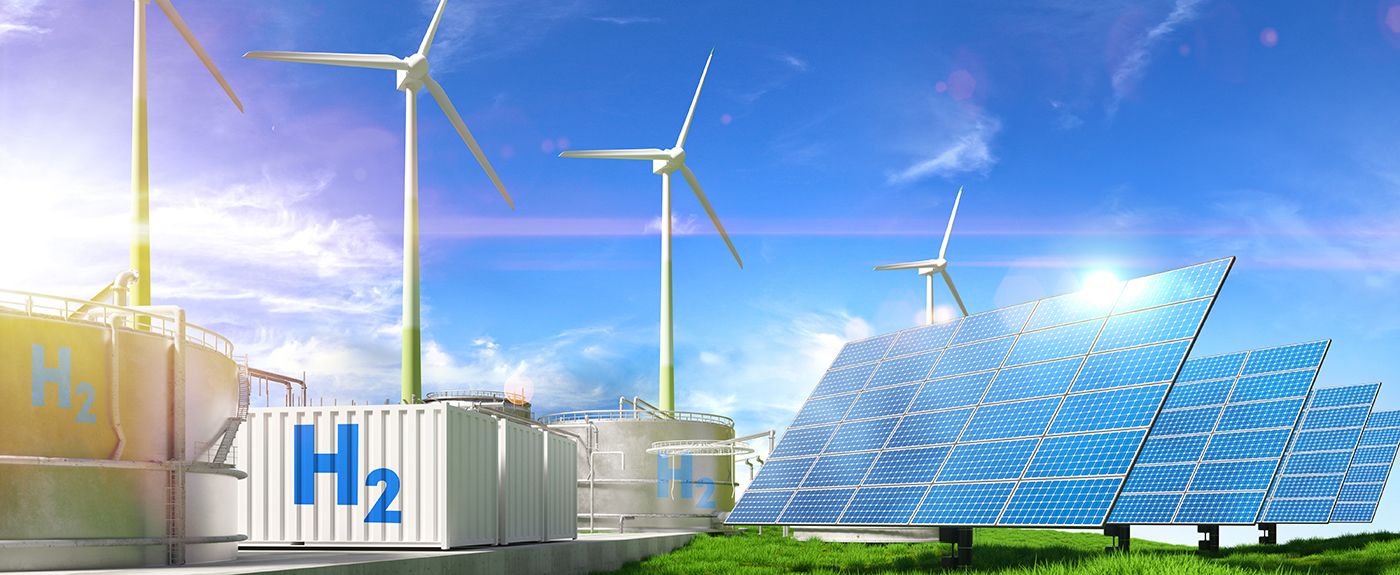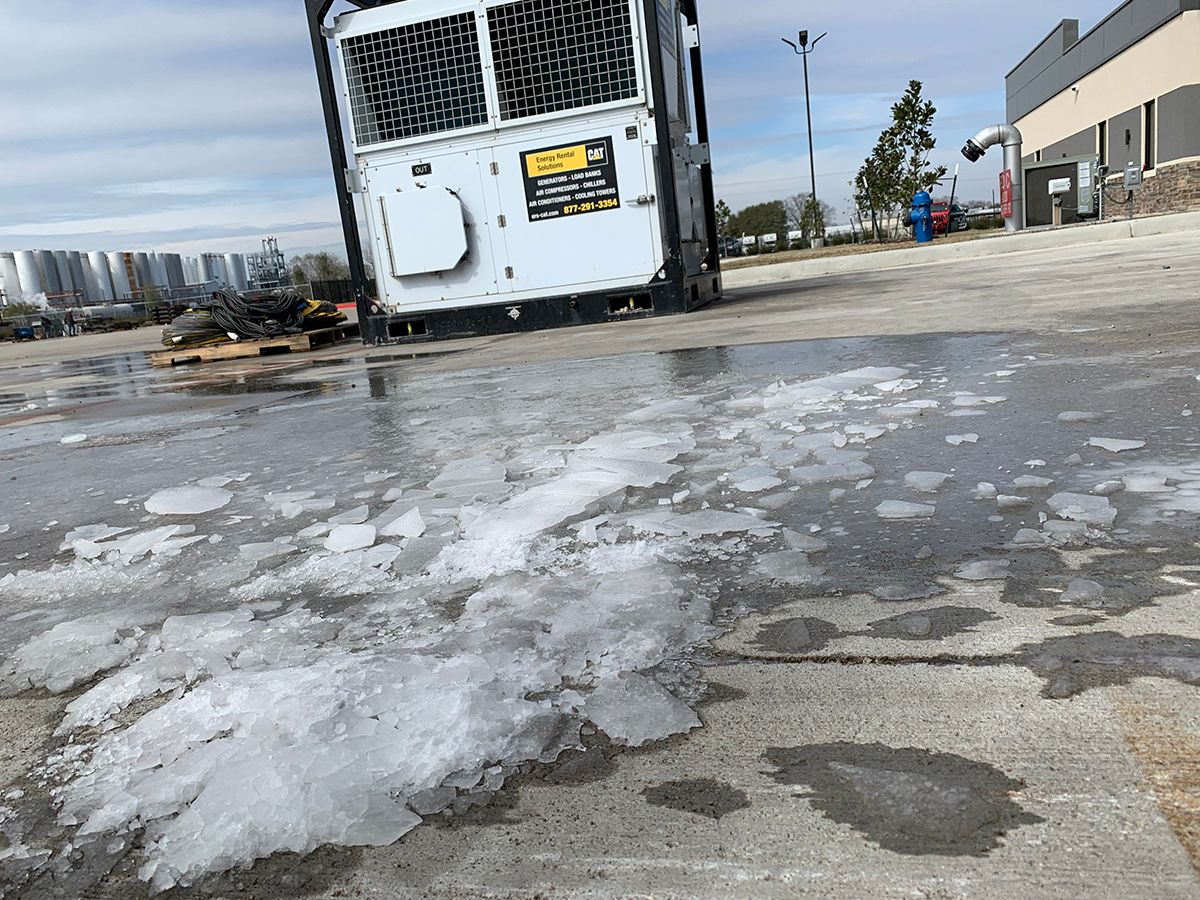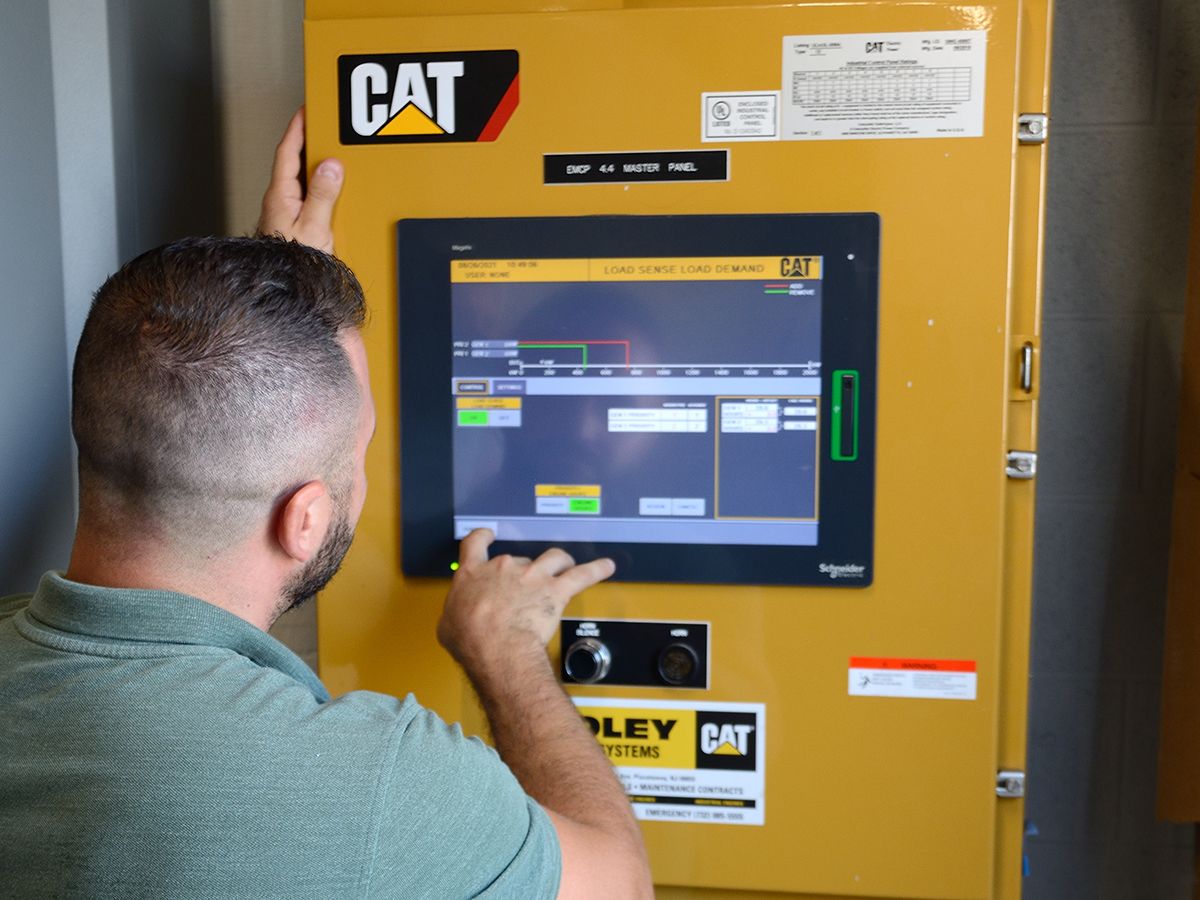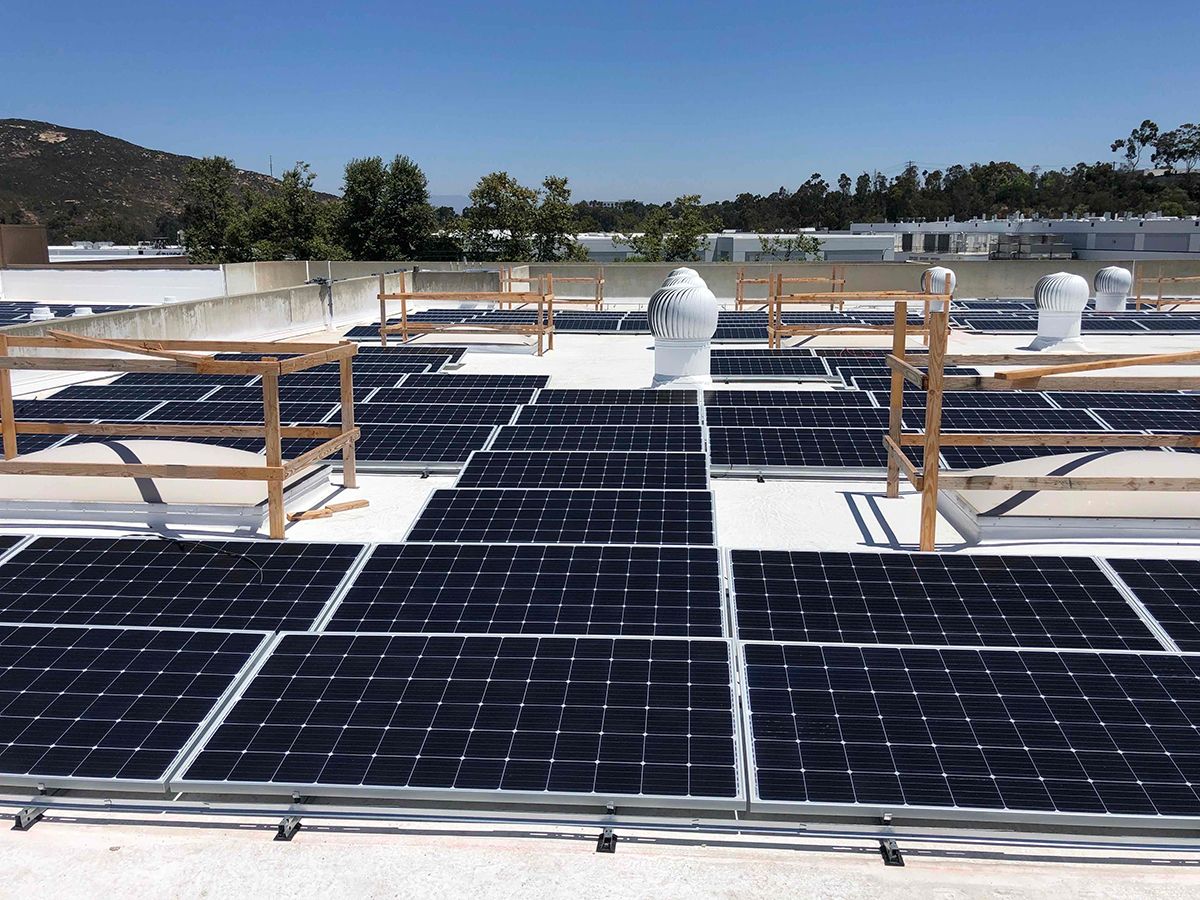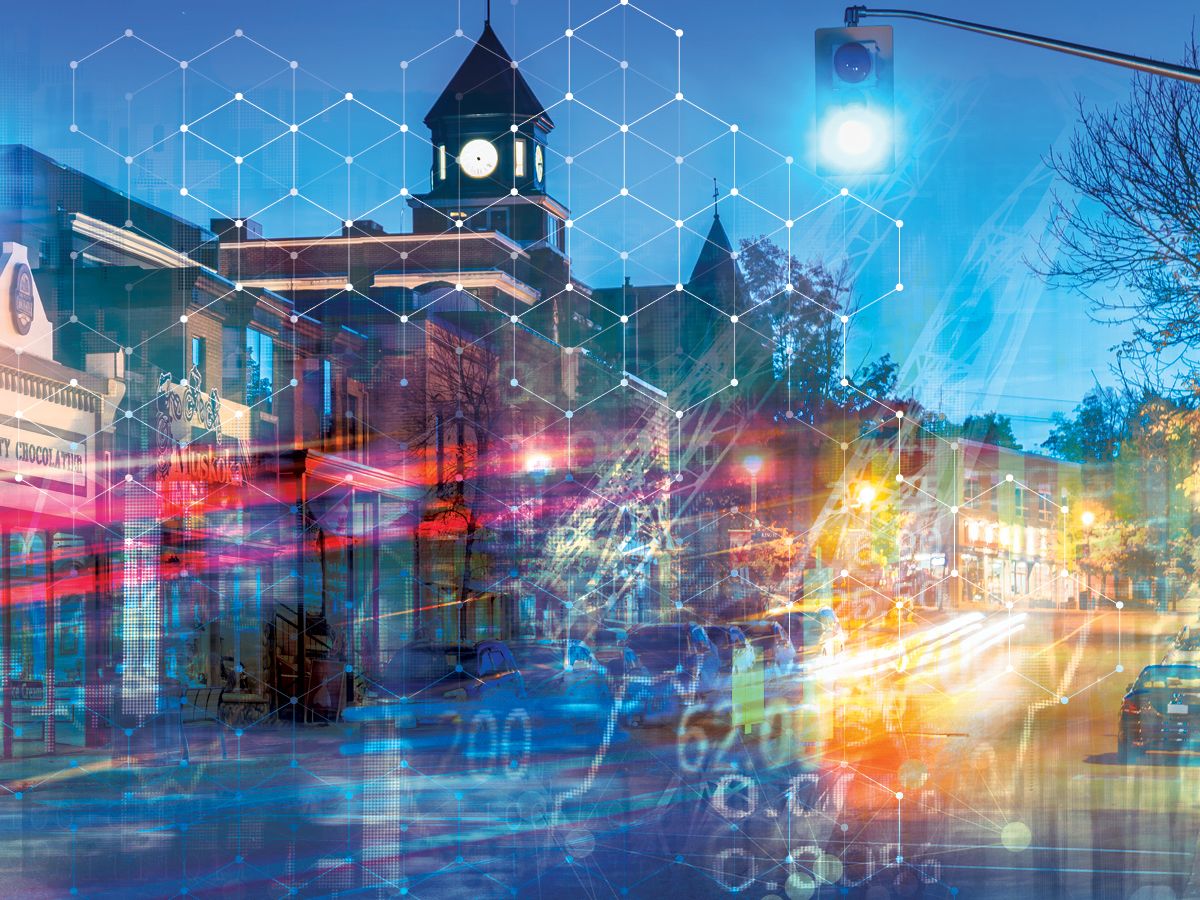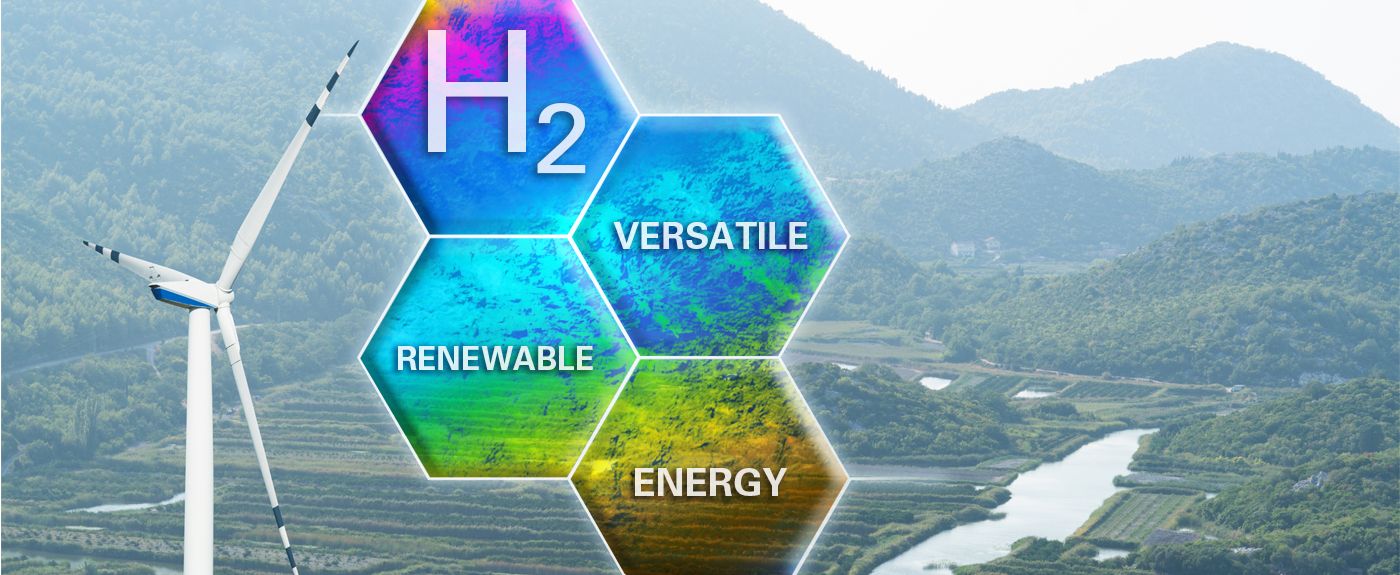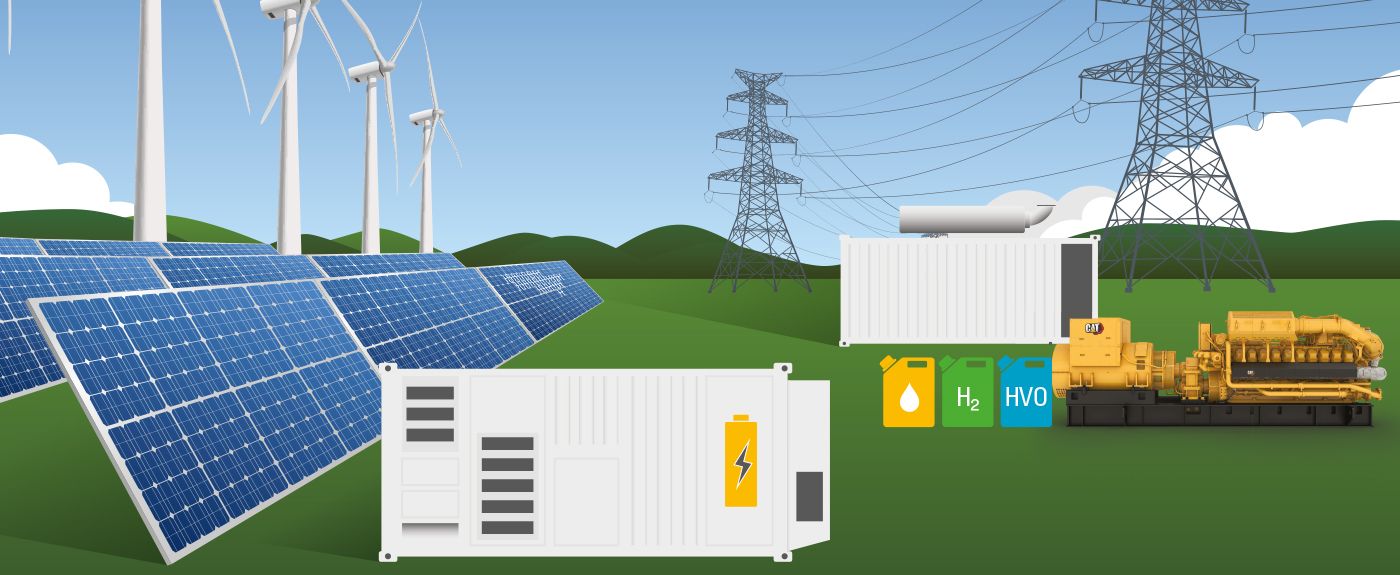

Sign In
Welcome! Sign In to personalize your Cat.com experience
If you already have an existing account with another Cat App, you can use the same account to sign in here
Register Now
One Account. All of Cat.
Your Caterpillar account is the single account you use to log in to select services and applications we offer. Shop for parts and machines online, manage your fleet, go mobile, and more.
Account Information
Site Settings
Security
Trends in the Energy Transition
By Jason Kaiser, Senior Vice President, Caterpillar Electric Power Division | Posted: December, 2022
Caterpillar is more than just the machines you see paving roads or working at construction sites. Some of our most significant work often goes unseen by the public – powering hospitals, supplying temporary power needs after natural disasters, and using renewable natural gas to provide clean energy and heat to power greenhouses that grow food for our communities.
Did You Know?
For nearly 100 years, Caterpillar has been investing in power generation solutions. In 1925, our engineers began developing engines for our tractors and quickly realized we could use these engines in power systems to make even more progress possible. Since then, we’ve continually developed cleaner and increasingly efficient power solutions for customers worldwide. Today, we help customers combine various power products and services to generate reliable and sustainable power for their operations.
I’ve been in the electric power business my whole life. My dad worked at a utility company, so I grew up around energy and power. After studying electrical engineering in college, I joined Caterpillar, where I’ve spent my entire professional career. I’ve had the privilege of holding many different roles – from engineering to sales and marketing – and even ran a manufacturing facility. Today, I lead a global team focused on serving customers with equipment and services to solve electric power challenges – ones that look quite different than they did in 1925. The new energy landscape is complex and rapidly changing. Fundamentals like increased demand, variability in supply, and expanding environmental, social and governance (ESG) goals drive change and experimentation at an unprecedented pace. With Caterpillar’s deep expertise in electric power equipment and services, we’re working alongside our customers to help them keep energy costs low, meet their ESG goals and ensure reliable and resilient power – all at the same time.
To meet our customer's needs, it's important to understand what megatrends are changing the fundamentals around energy and power. This blog is the first in a series called "Perspectives on the Energy Transition from Caterpillar," where my colleagues and I will highlight different elements of the evolving energy landscape.
Megatrends Driving Change
Electrification: Studies say electricity demands will likely increase substantially in our lifetime. The U.S. Energy Information Administration estimates that energy demand will increase by 50% by 2050. And we’re experiencing a fundamental switch where cars, homes and even our Cat® machines use electric power in ways they traditionally have not. This is driving change from the point of consumption, back through distribution and through to the utility grid. More and more, we rely on electric power for our daily life.


Decarbonization: Caterpillar, like many of our customers, is setting important ESG goals. However, many lower-carbon solutions rely on renewable energy sources such as solar energy and wind, which are more variable than the power sources they replace. This leaves a state of transition around renewables' increasing role in the energy mix and how to integrate them more effectively. We're working with our customers to identify the right solutions to help them meet their carbon-related objectives, lower energy costs, and ensure power reliability and resiliency.
Decentralization: In the past, large, centralized utility plants connected by distribution and transmission lines made up most of the electric grid. Due to aging infrastructure and the rapid growth and change we are seeing around electric supply and demand, distributed generation and energy microgrids located at the point of consumption are becoming more prominent. While we consider this a positive trend, it drives complexity. That’s why we’re working with our customers to simplify these new sources of energy while maintaining low energy costs. We are also helping customers better utilize traditional standby power assets, by upgrading them to support the grid and provide peak power when costs are high. Tom Smith, director of energy development, will share more on this great opportunity in a couple of weeks.

Digitalization: This energy trend will have broad effects going forward. At Caterpillar, we leverage data and advanced analytics from more than 1.2 million connected assets to help our customers improve safety, minimize unplanned downtime, maximize productivity, and even monetize assets through participation in energy markets. Digitalization increases our ability to optimize the efficient use of energy in ways that couldn't have been done in the past.
It’s an exciting time to be in the electric power industry. As the energy transition continues, we’ll continue to help customers solve increasingly complex power generation challenges, ultimately building a better, more sustainable world. To learn more about Caterpillar’s sustainable power solutions visit: https://www.cat.com/sustainablepower.

Jason Kaiser
Contributor
Jason E. Kaiser is a Senior Vice President for the Caterpillar Electric Power Division. In his role, he provides global leadership for the global electric power generation business. This includes working with Cat dealers and customers to provide generators, related electrical and hybrid products, and aftermarket services. Since joining Caterpillar in 2000, Jason has held numerous roles in engineering, sales, and operations with increasing responsibility across the electric power business. Last summer, Jason and his family relocated from Lafayette, Indiana, to Irving, Texas, Caterpillar’s new global headquarters.
Related Stories
-
How Municipal Utilities Can Address Surging Power Demand
For many municipal utility managers I talk to, it’s getting tougher to continue providing the highest levels of reliability, service, and value. Customer preferences are changing. Some want 100% renewable power overnight; others simply care about cost. Other challenges are mounting, too: New technologies. Increased regulation. Workforce shortages. Budget constraints. And perhaps biggest of all, rising demand.
Learn More -
Act Now to Leverage CHP Tax Credits Up to 50%
The Inflation Reduction Act (IRA), signed into law in August 2022, provides nearly $400 billion in tax credits and incentives over a decade to promote climate change mitigation and stimulate clean energy development in the U.S. It’s the largest single investment in climate and energy in American history — and it includes the highest incentives ever provided by the federal government for combined heat and power (CHP) projects.
Learn More -
5 Steps to Sign-Off on a New Energy Solution
You’re a large energy consumer, maybe in healthcare, education, distribution or transportation. You’re facing pressure — internal, external or both — to increase your energy resiliency, lower your carbon emissions, reduce your energy costs, add capacity for expansion, or some combination of all four. You know you need to act (and soon), but you’re struggling with how to get started implementing a solution.
Learn More -
Is Your Organization a Good Fit for EaaS? And Is Your EaaS Partner a Good Fit for You?
Our EaaS team at Caterpillar has implemented solutions for all types of operations: from K-12 schools and grocery stores to industrial facilities. The concept — you purchase energy outcomes and turn ownership and upkeep of energy assets over to a third party — works for many organizations. How do you know if yours is one of them?
Learn More -
Demystifying the EaaS Model: Don’t Buy Power Products. Buy Energy Outcomes.
Software as a Service, or SaaS. Today, most applications — everything from Microsoft Office to Google Drive to Salesforce — are hosted by a third-party provider and made available via the web or a mobile app. You don’t need to install or configure anything on your computer, and the SaaS provider handles all maintenance, upgrades, and licensing. It’s more convenient for users and more affordable for businesses.
Learn More -
Hydrogen’s True Colors: A Key to Defining Carbon Intensity
Often referred to as a “clean-burning” fuel, hydrogen is the most abundant chemical substance in the universe because its combustion generates near-zero greenhouse gas emissions at the tailpipe. . It’s also colorless, odorless and burns with a near-invisible flame. So why does nearly every Google search or news story about hydrogen turn up terms like “green,” “blue” and even “pink”?
Learn More -
Distributed Energy Benefits and Grid Systems Integration
Our electric power system faces many challenges, and as the energy landscape evolves to address increased electrification, we will have even greater demand than ever before. Caterpillar is positioned to serve as a trusted partner with the technologies and expertise to provide alternatives to established energy sources and fuels that are reliable and cost effective.
Learn More
